
Greymouth: The Heart of New Zealand's Wild West Coast
Explore Greymouth, where New Zealand's wild West Coast comes to life with stunning landscapes, rich history, and vibrant local culture.
Nestled on the rugged West Coast of New Zealand's South Island, Greymouth is a charming town that offers a unique blend of natural beauty, rich history, and vibrant local culture. This coastal gem serves as the gateway to some of the most stunning landscapes in the region, from lush rainforests and pristine beaches to dramatic cliffs and rivers. Greymouth's history is deeply rooted in the gold mining era of the 1860s, which has left behind a legacy of fascinating heritage sites and historical landmarks. Visitors can explore the region's past at the local museums, or take a guided tour to learn about the gold rush days and the pioneering spirit that shaped the town. In addition to its historical attractions, Greymouth boasts a thriving arts scene, with numerous galleries showcasing the work of talented local artists. The town is also known for its excellent craft breweries, where you can sample some of New Zealand's finest beers. For those who love the outdoors, Greymouth offers a wealth of activities, from hiking and cycling to fishing and kayaking. The nearby Paparoa National Park is a must-visit, with its stunning limestone formations, caves, and diverse wildlife.
Local tips in Greymouth
- Visit the local breweries to taste some of the best craft beers in New Zealand.
- Take a guided tour to learn about the town's gold mining history.
- Explore the stunning limestone formations in Paparoa National Park.
- Check out the local art galleries to see works by talented regional artists.
- Pack a rain jacket, as the West Coast weather can be unpredictable.
- Enjoy the scenic views along the coastal drive from Greymouth to Punakaiki.
Greymouth: The Heart of New Zealand's Wild West Coast
Nestled on the rugged West Coast of New Zealand's South Island, Greymouth is a charming town that offers a unique blend of natural beauty, rich history, and vibrant local culture. This coastal gem serves as the gateway to some of the most stunning landscapes in the region, from lush rainforests and pristine beaches to dramatic cliffs and rivers. Greymouth's history is deeply rooted in the gold mining era of the 1860s, which has left behind a legacy of fascinating heritage sites and historical landmarks. Visitors can explore the region's past at the local museums, or take a guided tour to learn about the gold rush days and the pioneering spirit that shaped the town. In addition to its historical attractions, Greymouth boasts a thriving arts scene, with numerous galleries showcasing the work of talented local artists. The town is also known for its excellent craft breweries, where you can sample some of New Zealand's finest beers. For those who love the outdoors, Greymouth offers a wealth of activities, from hiking and cycling to fishing and kayaking. The nearby Paparoa National Park is a must-visit, with its stunning limestone formations, caves, and diverse wildlife.
When is the best time to go to Greymouth?
Iconic landmarks you can’t miss
Monteith's Brewery
Discover the essence of New Zealand's craft beer at Monteith's Brewery, a delightful restaurant and bar in Greymouth, offering tours and local flavors.

Shantytown Heritage Park
Explore New Zealand's gold rush heritage at Shantytown Heritage Park, a captivating museum with interactive experiences and scenic charm.
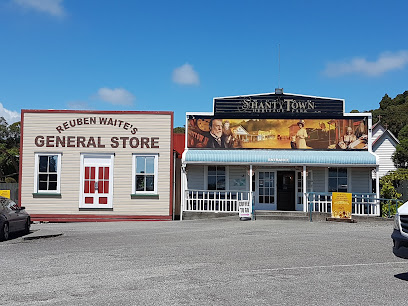
Greymouth Seaside TOP 10 Holiday Park
Experience the perfect mix of relaxation and adventure at Greymouth Seaside TOP 10 Holiday Park, your gateway to New Zealand's stunning West Coast.
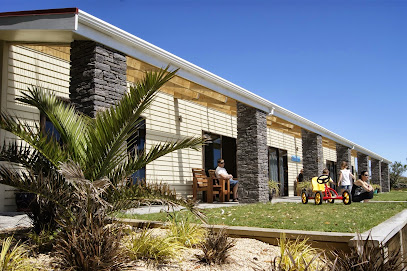
Speights Ale House Greymouth
Discover the flavors of New Zealand at Speights Ale House Greymouth, a vibrant gastropub offering delicious food and local craft beers.
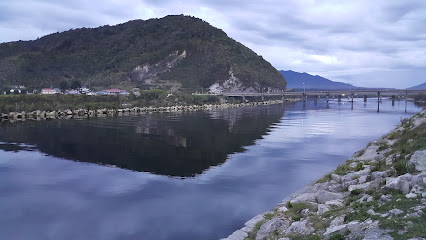
Sevenpenny
Experience the charm of Greymouth at Sevenpenny, where local flavors and cozy ambiance blend for an unforgettable dining experience.
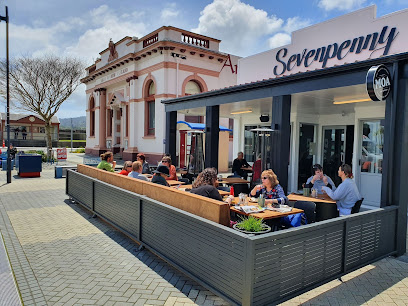
Robert Harris Greymouth
Discover the heart of Greymouth at Robert Harris Café, where exceptional coffee and delicious treats await in a welcoming atmosphere.

Copthorne Hotel Greymouth
Discover the beauty of New Zealand's West Coast at Copthorne Hotel Greymouth, offering stunning views, comfort, and easy access to local attractions.

DP1 Cafe
Discover DP1 Cafe in Greymouth for a perfect blend of local flavors, fresh coffee, and stunning coastal views.
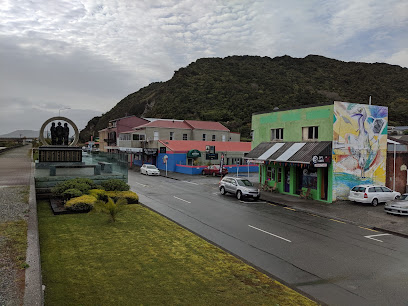
Westland Recreation Centre
Discover the Westland Recreation Centre: Your ultimate destination for fitness, sports, and family fun in Greymouth, New Zealand.
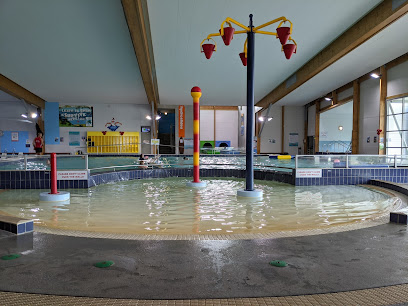
The Ashley Hotel Greymouth
Discover comfort and local flavor at The Ashley Hotel Greymouth, your ideal base for exploring New Zealand's stunning West Coast.
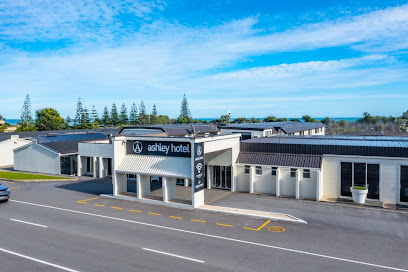
Priya Cafe & Restaurant
Discover authentic modern Indian cuisine at Priya Cafe & Restaurant in Greymouth, where rich flavors and local ingredients create unforgettable dishes.
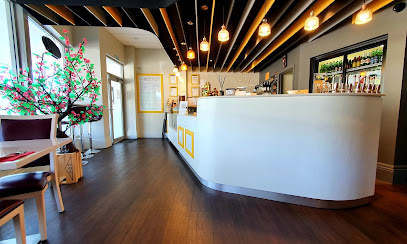
Global Village Accommodation
Experience the unique charm and community spirit of Global Village Accommodation in Greymouth, perfect for adventurers exploring New Zealand's West Coast.

Buccleugh's on High
Experience the flavors of New Zealand at Buccleugh's on High, a culinary gem in Greymouth, offering local cuisine and warm hospitality.

Australasian tavern & Restaurant
Experience the flavors of Australasia at Armadillo's Restaurant in Greymouth, where local ingredients meet global cuisine in a warm, inviting atmosphere.

Coal Creek Falls
Explore the breathtaking Coal Creek Falls, a scenic hiking area in New Zealand, where lush landscapes meet stunning waterfalls.
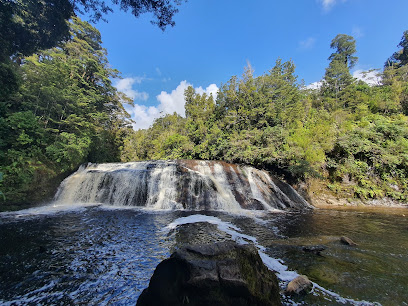
Unmissable attractions to see
Monteith's Brewery
Experience the rich flavors of New Zealand's craft beer culture at Monteith's Brewery, Greymouth's top destination for food and brews.
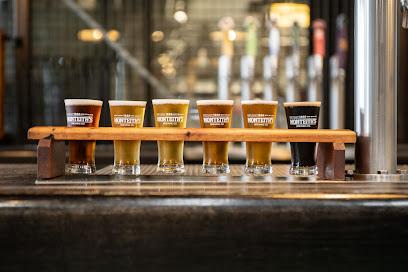
West Coast Tree Top - Zipline South Island
Explore breathtaking treetops and enjoy a thrilling zipline adventure in Hokitika, New Zealand, perfect for families and nature lovers alike.

Shantytown Heritage Park
Explore the rich history of New Zealand's gold mining era at Shantytown Heritage Park, a living museum in Greymouth with authentic experiences and scenic beauty.

Pancake Rocks and Blowholes Track
Experience the breathtaking Pancake Rocks and Blowholes, a natural wonder in New Zealand's Paparoa National Park, and witness nature's spectacular displays.

Coal Creek Falls
Experience the natural beauty and tranquility of Coal Creek Falls, a stunning hiking area and scenic spot in New Zealand's West Coast.
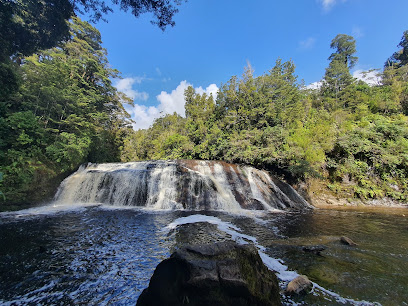
On Yer Bike! Quad bike, Offroad Buggy & Hagglund Adventures
Discover breathtaking landscapes and adrenaline-pumping adventures at On Yer Bike! Quad Bike, Offroad Buggy & Hagglund Adventures in Coal Creek, NZ.
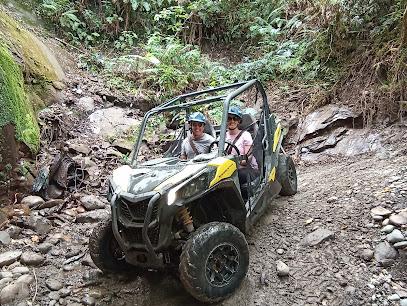
Garth Wilson Jade
Discover the beauty and craftsmanship of jade at Garth Wilson Jade in Greymouth, New Zealand—a must-visit for art and culture enthusiasts.
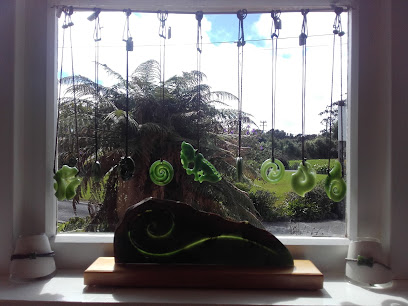
Cobden Aromahana Lagoon
Discover the peaceful charm of Cobden Aromahana Lagoon, a breathtaking campground in Greymouth with stunning beach views and outdoor adventures.
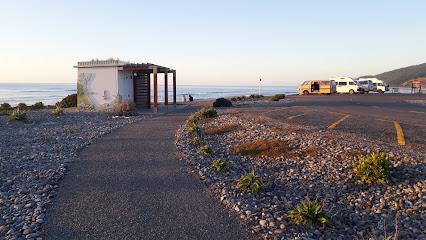
Truman track
Experience the breathtaking beauty of the Truman Track in Te Miko, New Zealand, a coastal hiking gem in Paparoa National Park.
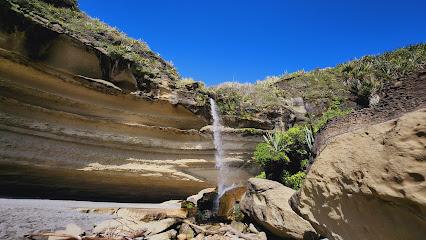
Brunner Mine Historic Area
Explore the Brunner Mine Historic Area, a captivating historical landmark revealing the rich coal mining heritage of New Zealand's West Coast.
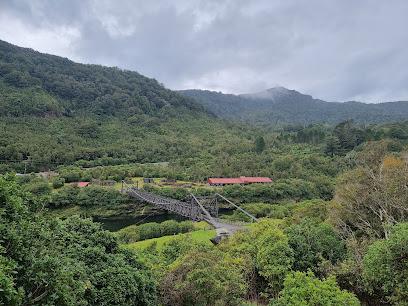
Greymouth isite Visitor Information Centre
Explore the breathtaking West Coast of New Zealand with insights from Greymouth i-SITE Visitor Information Centre, your essential travel companion.
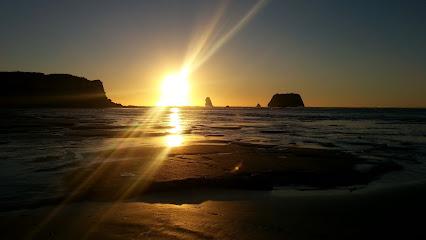
Point Elizabeth Lookout
Discover the stunning natural beauty and breathtaking views of Point Elizabeth Lookout on New Zealand's picturesque West Coast.
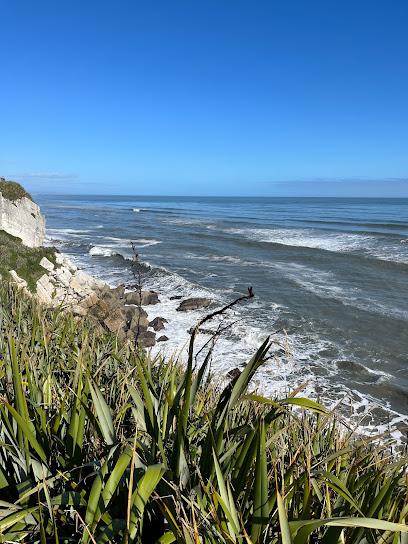
Dixon Park
Discover the natural beauty and recreational wonders of Dixon Park in Greymouth, where relaxation meets adventure in a serene setting.
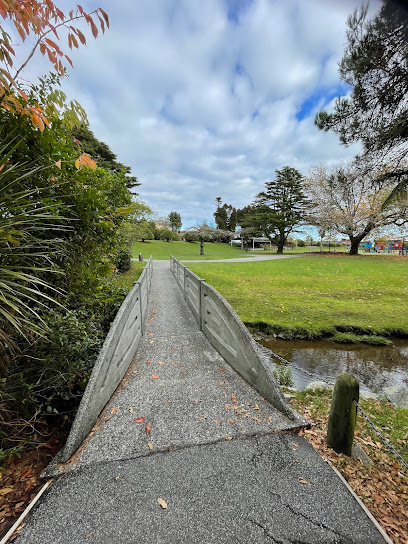
Pounamu Pathway - Māwhera
Experience the rich cultural heritage of the Māori at Pounamu Pathway in Greymouth, where greenstone tells timeless stories.
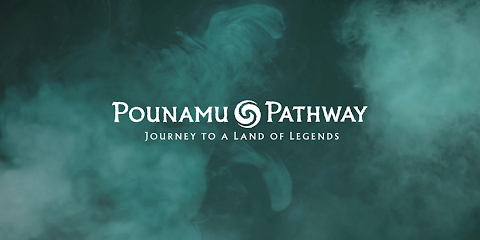
Left Bank Art Gallery
Explore the artistic heart of Greymouth at Left Bank Art Gallery, showcasing local talent through stunning artworks and unique crafts.
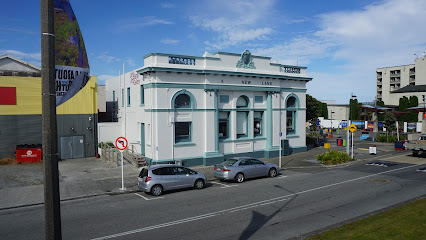
Essential places to dine
Monteith's Brewery
Experience the essence of New Zealand craft beer at Monteith's Brewery - where tradition meets flavor in every sip.
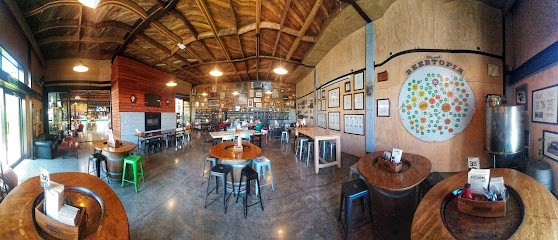
McDonald's Greymouth
Discover delicious fast food delights at McDonald's Greymouth – where family-friendly meals meet affordability in a vibrant setting.
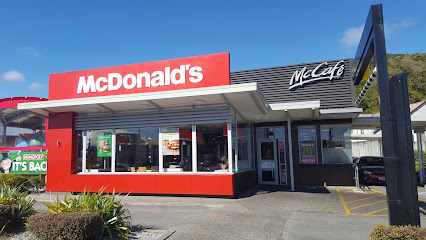
Speights Ale House Greymouth
Experience local flavors at Speights Ale House Greymouth - a top gastropub offering delicious food and drinks amidst stunning views.
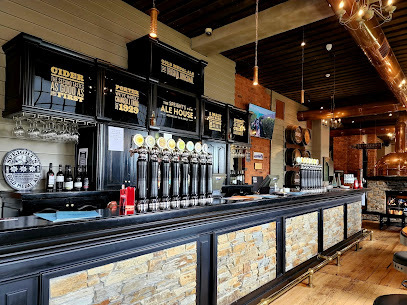
Sevenpenny
Discover Sevenpenny in Greymouth – where local flavors meet cozy ambiance for an unforgettable dining experience.
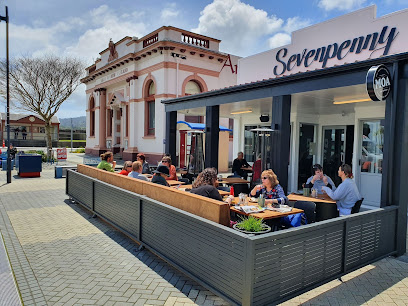
KFC Greymouth
Experience the best of New Zealand's fast food at KFC Greymouth - where comfort meets flavor in every crispy bite.
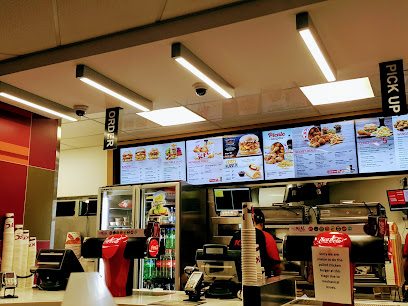
Domino's Pizza Greymouth
Savor delicious pizzas and quick bites at Domino's Pizza Greymouth – perfect for family meals and fast delivery!
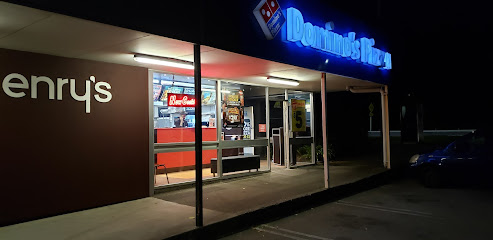
DP1 Cafe
Experience the best breakfast and coffee at DP1 Cafe in Greymouth - where every meal is made with love and local ingredients.
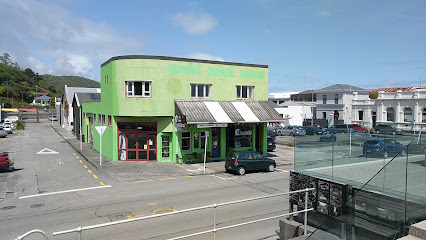
Paroa Hotel
Discover the perfect blend of comfort and culinary delights at Paroa Hotel in Greymouth – your gateway to exploring New Zealand's stunning West Coast.

On the Spot Cobden Takeaways
Experience authentic New Zealand fish and chips at On the Spot Cobden Takeaways – a local favorite in Greymouth.
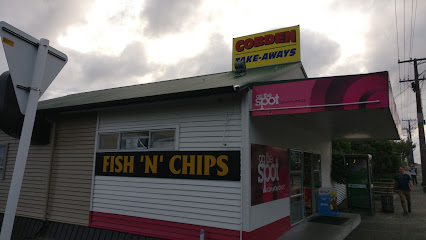
The Ashley Hotel Greymouth
Discover the culinary delights at The Ashley Hotel Greymouth – where local flavors meet warm hospitality in New Zealand's stunning West Coast.
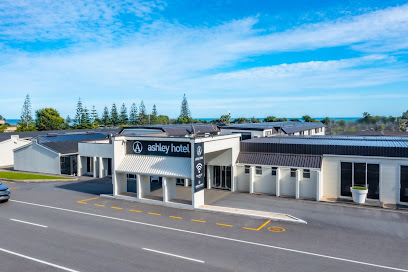
Priya Cafe & Restaurant
Experience the vibrant flavors of modern Indian cuisine at Priya Cafe & Restaurant in Greymouth – a must-visit culinary destination for tourists.
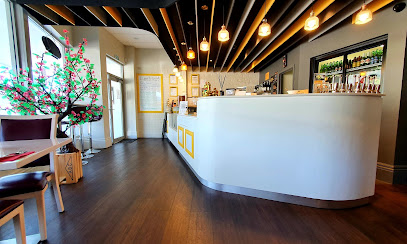
Buccleugh's on High
Experience exquisite local cuisine at Buccleugh's on High in Greymouth - where flavor meets comfort in an inviting atmosphere.
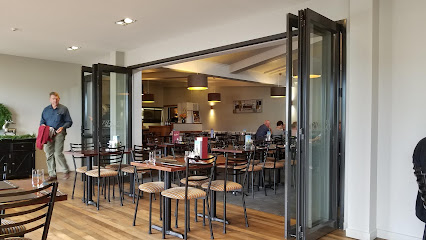
Australasian tavern & Restaurant
Experience authentic Australasian flavors at Armadillo's Tavern & Restaurant in Greymouth – where great food meets warm hospitality.
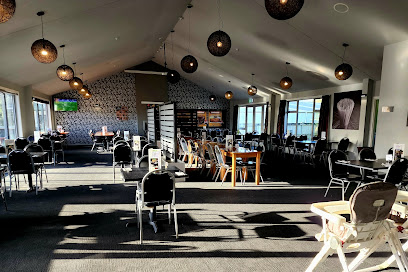
Union Hotel
Discover the perfect blend of dining and relaxation at Union Hotel in Greymouth - where comfort meets local flavor.

Woodstock Greymouth
Discover Woodstock Greymouth: A must-visit restaurant offering delicious local cuisine and warm hospitality in beautiful Greymouth.
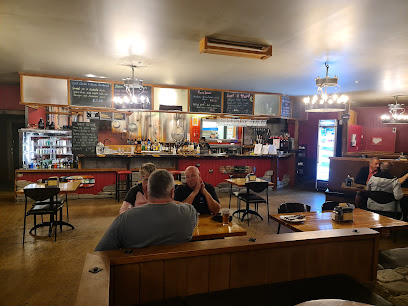
Markets, malls and hidden boutiques
Monteith's Brewery
Discover the rich brewing heritage at Monteith's Brewery in Greymouth, where craft beer and delicious tapas unite for an unforgettable experience.
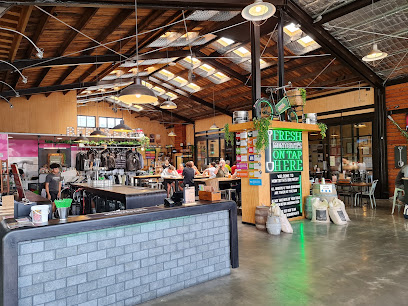
New World Greymouth
Discover local flavors and essentials at New World Greymouth, your one-stop supermarket for fresh produce and gourmet selections.
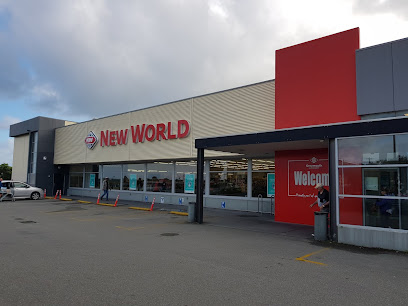
Woolworths Greymouth
Discover local flavors and quality goods at Woolworths Greymouth, your go-to grocery store for fresh produce and New Zealand specialties.
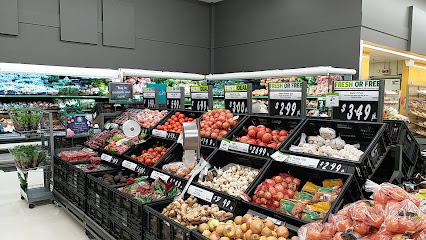
DP1 Cafe
Experience the heartwarming charm of DP1 Cafe in Greymouth, where delicious breakfasts and premium coffee meet stunning waterfront views.
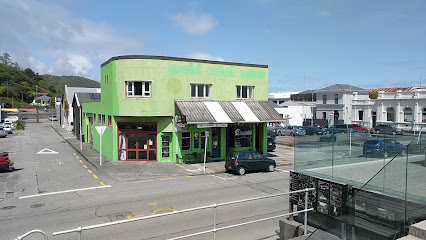
The Warehouse Greymouth
Explore the diverse shopping offerings at The Warehouse Greymouth, where fashion, home goods, and unique finds await every traveler.
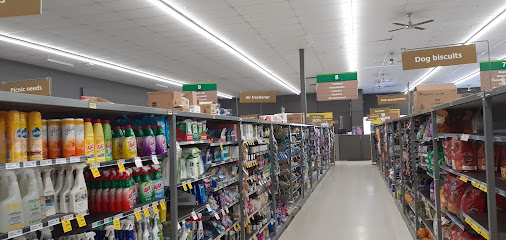
Mitre 10 MEGA Greymouth
Explore Mitre 10 MEGA Greymouth, your ultimate destination for home improvement, gardening, and DIY supplies in the heart of New Zealand's West Coast.
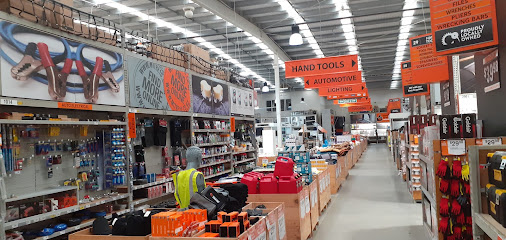
Noel Leeming Greymouth
Discover top-quality appliances and tech at Noel Leeming Greymouth, your go-to destination for electronics and expert service in New Zealand.
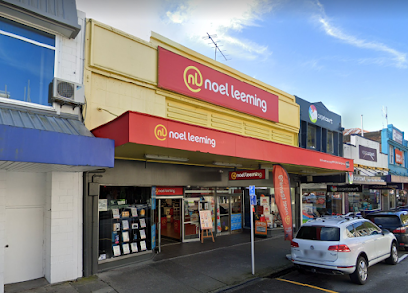
Smiths City Greymouth
Explore Smiths City Greymouth, a vibrant department store offering appliances, furniture, and technology for all your shopping needs.
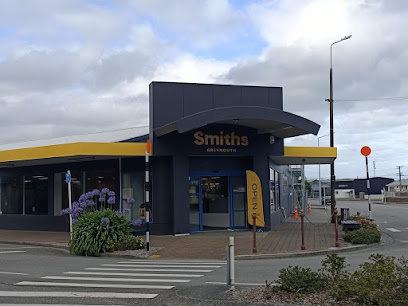
Paroa Store
Discover the charm of South Beach at Paroa Store, a delightful grocery and book shop offering local goods and a warm, inviting atmosphere.
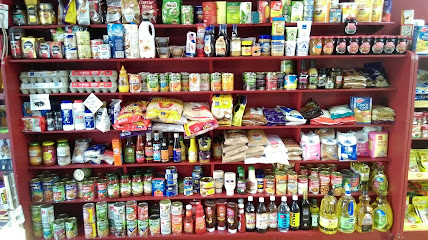
Shades of Jade
Explore Shades of Jade in Greymouth for exquisite handcrafted jewelry and unique gifts that embody New Zealand's rich culture and heritage.
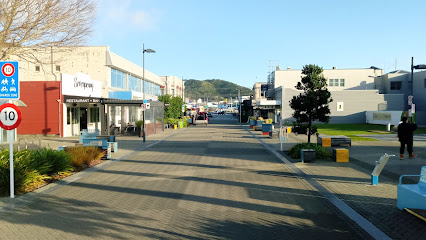
The Giant Departmental Store
Explore The Giant Departmental Store in Greymouth for a diverse shopping experience, featuring local goods, fashion, and home essentials.
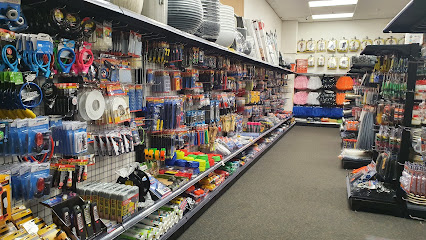
Paper Plus Greymouth
Explore the literary treasures at Paper Plus Greymouth, a cozy bookshop filled with local and international titles, stationery, and more.
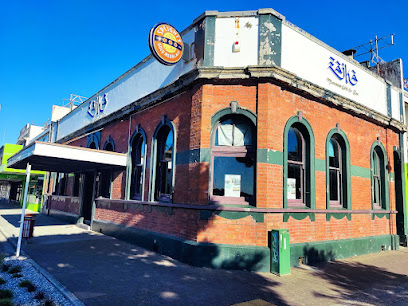
The Cooks Pantry
Explore The Cooks Pantry in Greymouth for a delightful selection of local produce and gourmet foods, reflecting New Zealand's culinary heritage.
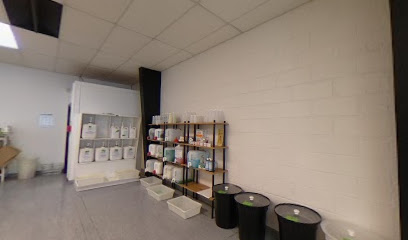
R & N Trading Post
Explore R & N Trading Post in Greymouth, a second-hand store filled with unique vintage treasures and charming antiques waiting to be discovered.
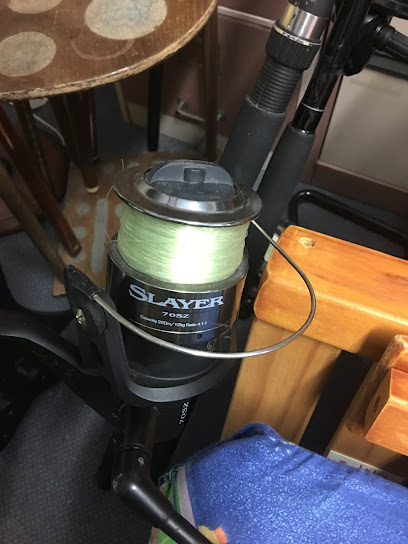
Good as Gold The variety store
Discover unique souvenirs and local treasures at Good as Gold, Greymouth's beloved variety store filled with charming finds.
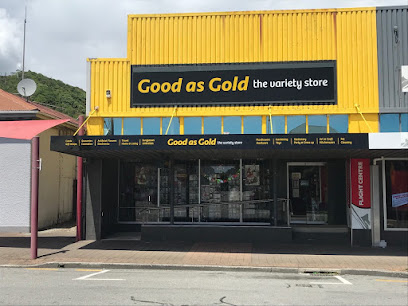
Essential bars & hidden hideouts
Monteith's Brewery
Discover the essence of New Zealand's brewing heritage at Monteith's Brewery in Greymouth, a destination for craft beer lovers and food enthusiasts.

Speights Ale House Greymouth
Discover the flavors of Greymouth at Speights Ale House, where local craft beer meets fresh gastropub cuisine in a historic waterfront setting.
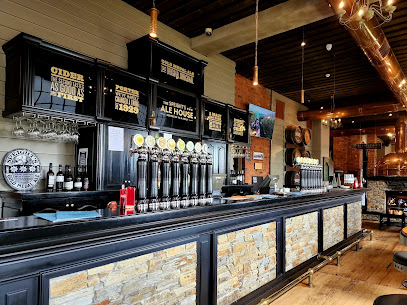
Sevenpenny
Experience the best of Greymouth's dining at Sevenpenny, where fresh local flavors meet a friendly, inviting atmosphere.
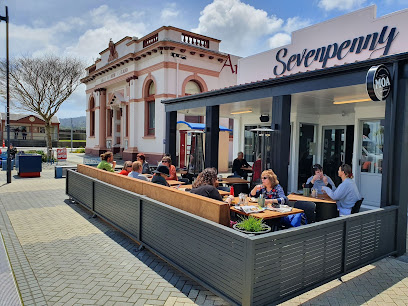
Robert Harris Greymouth
Experience the best of local flavors at Robert Harris Greymouth, where exceptional coffee meets a cozy atmosphere in the heart of the West Coast.
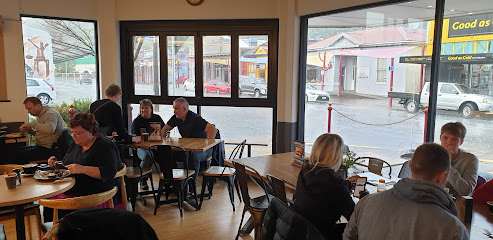
Paroa Hotel
Discover the perfect blend of comfort and local cuisine at Paroa Hotel, your gateway to the breathtaking West Coast of New Zealand.

DP1 Cafe
Experience the best of Greymouth at DP1 Cafe, where delicious breakfasts and aromatic coffees meet stunning waterfront views.
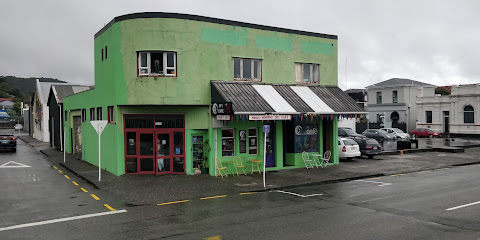
The Ashley Hotel Greymouth
Discover comfort and local flavors at The Ashley Hotel Greymouth, your gateway to New Zealand's stunning West Coast landscapes.

Buccleugh's on High
Experience the flavors of New Zealand at Buccleugh's on High, where local ingredients meet innovative culinary techniques in a cozy atmosphere.
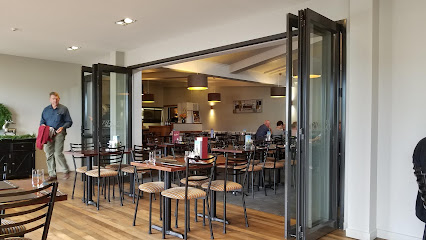
Australasian tavern & Restaurant
Savor the flavors of New Zealand at the Australasian Tavern & Restaurant in Greymouth, where local ingredients meet warm hospitality.
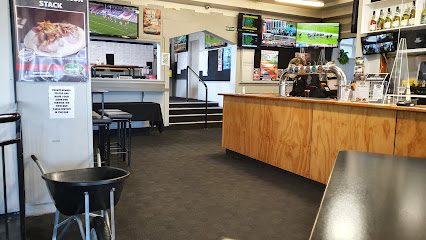
Union Hotel
Experience the heart of Greymouth at Union Hotel, where local charm meets delightful cuisine and an extensive drink selection.

Recreation Hotel
Experience the perfect blend of comfort and local charm at Recreation Hotel, your ideal base in Greymouth, New Zealand.
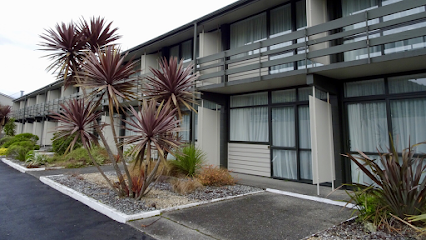
Woodstock Greymouth
Experience the culinary charm of Woodstock Greymouth, a restaurant and bar & grill offering delightful dishes and a cozy atmosphere in Greymouth, NZ.
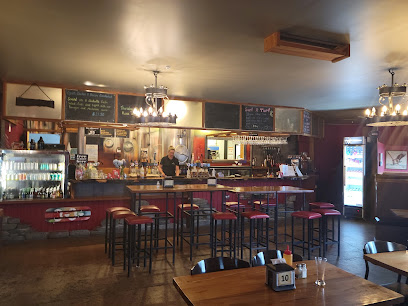
Blanchfield's Bakery
Discover the heart of Greymouth at Blanchfield's Bakery, where delicious baked goods and a cozy atmosphere await every visitor.
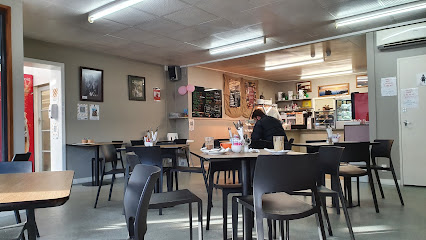
Sampan House
Discover the rich flavors of Cantonese cuisine at Sampan House in Greymouth, where every dish tells a story of tradition and taste.
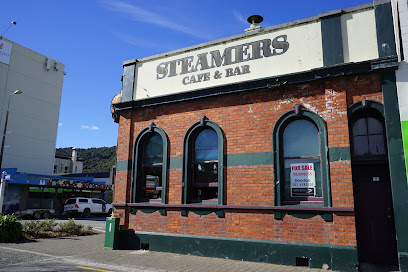
Railway Hotel
Discover the vibrant atmosphere of the Railway Hotel in Greymouth, where local flavors and Kiwi hospitality come together in an unforgettable experience.

Local Phrases
-
- HelloKia ora
[key-ah or-ah] - GoodbyeHaere rā
[high-deh rah] - YesĀe
[eye] - NoKāo
[kah-oh] - Please/You're welcomeWhakawhetai
[fah-kah-feh-tie] - Thank youMihi
[mee-hee] - Excuse me/SorryWhakama
[fah-kah-mah] - How are you?Kei te pēhea koe?
[keh-ee teh peh-heh koh-eh] - Fine. And you?Kei te pai. Ā, koe?
[keh-ee teh pie. eye, koh-eh?] - Do you speak English?He korero koe i te reo Pākehā?
[heh koh-reh-roh koh-eh ee teh reh-oh pah-keh-hah?] - I don't understandKāore au e mōhio
[kah-oh-reh oh eh moh-hee-oh]
- HelloKia ora
-
- I'd like to see the menu, pleaseMe āwhina ki te titiro i te whārangi kai, tēnā
[meh ah-fee-nah kee teh tee-tee-roh ee teh fah-rahn-gee kai, teh-nah] - I don't eat meatKāore au e kai mīti
[kah-oh-reh oh eh kai mee-tee] - Cheers!Tūmatauenga!
[too-mah-tow-eh-ngah] - I would like to pay, pleaseMe āwhina ki te utu, tēnā
[meh ah-fee-nah kee teh oo-too, teh-nah]
- I'd like to see the menu, pleaseMe āwhina ki te titiro i te whārangi kai, tēnā
-
- Help!Āwhina!
[ah-fee-nah] - Go away!Haere atu!
[high-deh ah-too] - Call the Police!Karanga ki te Pirihimana!
[kah-rah-ngah kee teh pee-ree-hee-mah-nah] - Call a doctor!Karanga ki te Tohunga!
[kah-rah-ngah kee teh tow-hoo-ngah] - I'm lostI te hē au
[ee teh heh oh] - I'm illMate au
[mah-teh oh]
- Help!Āwhina!
-
- I'd like to buy...Me āwhina ki te hoko...
[meh ah-fee-nah kee teh hoh-koh] - I'm just lookingKei te titiro tonu au
[keh-ee teh tee-tee-roh tow-noo oh] - How much is it?He aha te utu?
[heh ah-hah teh oo-too] - That's too expensiveHe nui rawa te utu
[heh new-ee rah-wah teh oo-too] - Can you lower the price?Ka taea e koe te whakaiti i te utu?
[kah teh-ah eh koh-eh teh fah-kai-tee ee teh oo-too]
- I'd like to buy...Me āwhina ki te hoko...
-
- What time is it?He aha te wā?
[heh ah-hah teh wah] - It's one o'clockKotahi noa iho
[koh-tah-hee noh-ah ee-hoh] - Half past (10)I te hāora tekau
[ee teh hah-oh-rah teh-kow] - MorningAta
[ah-tah] - AfternoonAhiahi
[ah-hee-ah-hee] - EveningPō
[poh] - YesterdayInāianei
[ee-nah-ee-ah-neh-ee] - TodayTēnei rā
[teh-neh-ee rah] - TomorrowĀpōpō
[ah-poh-poh] - 1Tahi
[tah-hee] - 2Rua
[roo-ah] - 3Toru
[toh-roo] - 4Whā
[fah] - 5Rima
[ree-mah] - 6Ono
[oh-noh] - 7Whitu
[fee-too] - 8Waru
[wah-roo] - 9Iwa
[ee-wah] - 10Tekau
[teh-kow]
- What time is it?He aha te wā?
-
- Where's a/the...?Kei hea te...?
[keh-ee heh-ah teh] - What's the address?He aha te wāhitau?
[heh ah-hah teh wah-hee-tow] - Can you show me (on the map)?Ka taea e koe te whakaatu i ahau (i te mahere)?
[kah teh-ah eh koh-eh teh fah-kah-ah-too ee ah-how (ee teh mah-heh-reh)] - When's the next (bus)?Āhea te āhua o te (pahi) whakamua?
[ah-heh-ah teh ah-hoo-ah oh teh pah-hee fah-kah-moo-ah] - A ticket (to ....)He tiki (ki ...)
[heh tee-kee kee]
- Where's a/the...?Kei hea te...?
History of Greymouth
-
Long before European settlers arrived, the area around Greymouth was inhabited by the Maori people, primarily the Ngāi Tahu tribe. The region was rich in resources such as pounamu (greenstone), which was highly valued for making tools and ornaments. The Maori name for the area is Māwhera, meaning 'wide spread river mouth', highlighting the significance of the Grey River in their daily lives and culture.
-
In the early 19th century, European explorers and traders began to visit the West Coast of New Zealand. One notable explorer was Thomas Brunner, who, in the 1840s, undertook a series of arduous journeys through the region. His reports of coal and gold sparked interest and eventual European settlement. The town of Greymouth itself is named after Sir George Grey, the Governor of New Zealand during that period.
-
Greymouth's history is deeply intertwined with the gold rush of the 1860s. The discovery of gold in the nearby rivers and streams led to a massive influx of prospectors, turning the area into a bustling frontier town almost overnight. Greymouth quickly developed into a commercial hub, with hotels, stores, and other establishments springing up to serve the needs of the miners. The gold rush era left a lasting legacy, shaping the town's infrastructure and economy.
-
Following the gold rush, coal mining became the dominant industry in Greymouth. The vast coal seams in the region attracted workers and investment, leading to the establishment of numerous mines and associated industries. The town's port facilities were expanded to handle the export of coal, and the arrival of the railway in the late 19th century further boosted the local economy. Greymouth's development during this period was marked by industrial growth and a diverse population of miners and their families.
-
One of the darkest chapters in Greymouth's history is the Brunner Mine Disaster of 1896. On March 26th, an explosion in the Brunner coal mine, located just a short distance from Greymouth, resulted in the deaths of 65 miners. The disaster remains one of New Zealand's worst industrial accidents and had a profound impact on the local community. Memorials and museums in the area today commemorate the lives lost and highlight the importance of mine safety.
-
Greymouth has a history of significant flooding, with the Grey River frequently overflowing its banks. Major floods in 1936 and 1988 caused extensive damage to property and infrastructure, prompting efforts to improve flood defenses. The construction of floodwalls and other protective measures has since helped to mitigate the impact of flooding, but the events remain a testament to the town's resilience and determination in the face of natural disasters.
-
Today, Greymouth is a blend of historical charm and modern amenities. The town celebrates its rich cultural heritage through various festivals and events, such as the annual Greymouth Heritage Festival, which showcases local history, crafts, and traditions. The West Coast Wilderness Trail and other outdoor attractions draw visitors to the natural beauty of the region, while the local museums and galleries offer insights into the town's storied past. Greymouth's vibrant community continues to honor its history while looking towards the future.
Greymouth Essentials
-
Greymouth is located on the West Coast of New Zealand's South Island. The nearest international airport is Christchurch International Airport, approximately 240 kilometers away. From Christchurch, you can take a scenic train ride on the TranzAlpine, which takes about 4.5 hours. Alternatively, you can rent a car and drive via State Highway 73, which offers stunning views of the Southern Alps. There are also bus services available from Christchurch and other major cities in New Zealand.
-
Greymouth is a small town, and many of its attractions are within walking distance. For longer trips, local taxis and shuttle services are available. There is a bus service that connects Greymouth with nearby towns and attractions. Renting a car is a convenient option if you plan to explore the surrounding areas, including the beautiful West Coast region. Bicycles can also be rented for those who prefer a more eco-friendly mode of transportation.
-
The official currency in New Zealand is the New Zealand Dollar (NZD). Credit and debit cards are widely accepted in Greymouth, including in hotels, restaurants, and shops. ATMs are readily available throughout the town. It's a good idea to carry some cash for small purchases or in case you visit more remote areas where card payments might not be accepted.
-
Greymouth is generally a safe destination for tourists. However, like any place, it's important to take standard precautions. Avoid walking alone at night in unfamiliar areas and keep an eye on your belongings in crowded places. Greymouth does not have specific high-crime areas targeting tourists, but it is always best to stay vigilant and aware of your surroundings.
-
In case of emergency, dial 111 for immediate assistance. Greymouth has a local police station and medical facilities, including a hospital (Grey Base Hospital). It is recommended to have travel insurance that covers medical emergencies. For minor health issues, there are pharmacies in the town where you can purchase over-the-counter medications.
-
Fashion: Do dress in layers, as the weather can be unpredictable. Waterproof clothing is advisable due to frequent rain. Avoid overly casual attire in fine dining establishments. Religion: Do respect local customs and traditions, although New Zealand is a secular country. Public Transport: Do be respectful and give up your seat to elderly passengers. Keep noise to a minimum and don't eat or drink on public transport. Greetings: Do greet people with a friendly 'hello' or 'kia ora'. A handshake is also common in formal settings. Eating & Drinking: Do try local delicacies such as whitebait fritters and pāua. Don't tip excessively, as tipping is not customary in New Zealand.
-
To experience Greymouth like a local, visit the local markets where you can buy fresh produce and handmade goods. Engage with locals, especially in pubs and cafes, as they are often friendly and willing to share stories about the town's history and culture. Don't miss the chance to explore the nearby Punakaiki Pancake Rocks and Blowholes. For a unique experience, take a walk along the floodwall for stunning views of the Grey River and the Tasman Sea.
Trending Landmark in Greymouth
-
Monteith's Brewery
-
Shantytown Heritage Park
-
Greymouth Seaside TOP 10 Holiday Park
-
Speights Ale House Greymouth
-
Sevenpenny
-
Robert Harris Greymouth
-
Copthorne Hotel Greymouth
-
DP1 Cafe
-
Westland Recreation Centre
-
The Ashley Hotel Greymouth
-
Priya Cafe & Restaurant
-
Global Village Accommodation
-
Buccleugh's on High
-
Australasian tavern & Restaurant
-
Coal Creek Falls
Nearby Cities to Greymouth
-
Things To Do in Christchurch
-
Things To Do in Kaikoura
-
Things To Do in Nelson
-
Things To Do in Timaru
-
Things To Do in Blenheim
-
Things To Do in Wanaka
-
Things To Do in Wellington
-
Things To Do in Queenstown
-
Things To Do in Dunedin
-
Things To Do in Masterton
-
Things To Do in Whanganui
-
Things To Do in Palmerston North
-
Things To Do in New Plymouth
-
Things To Do in Invercargill
-
Things To Do in Napier










